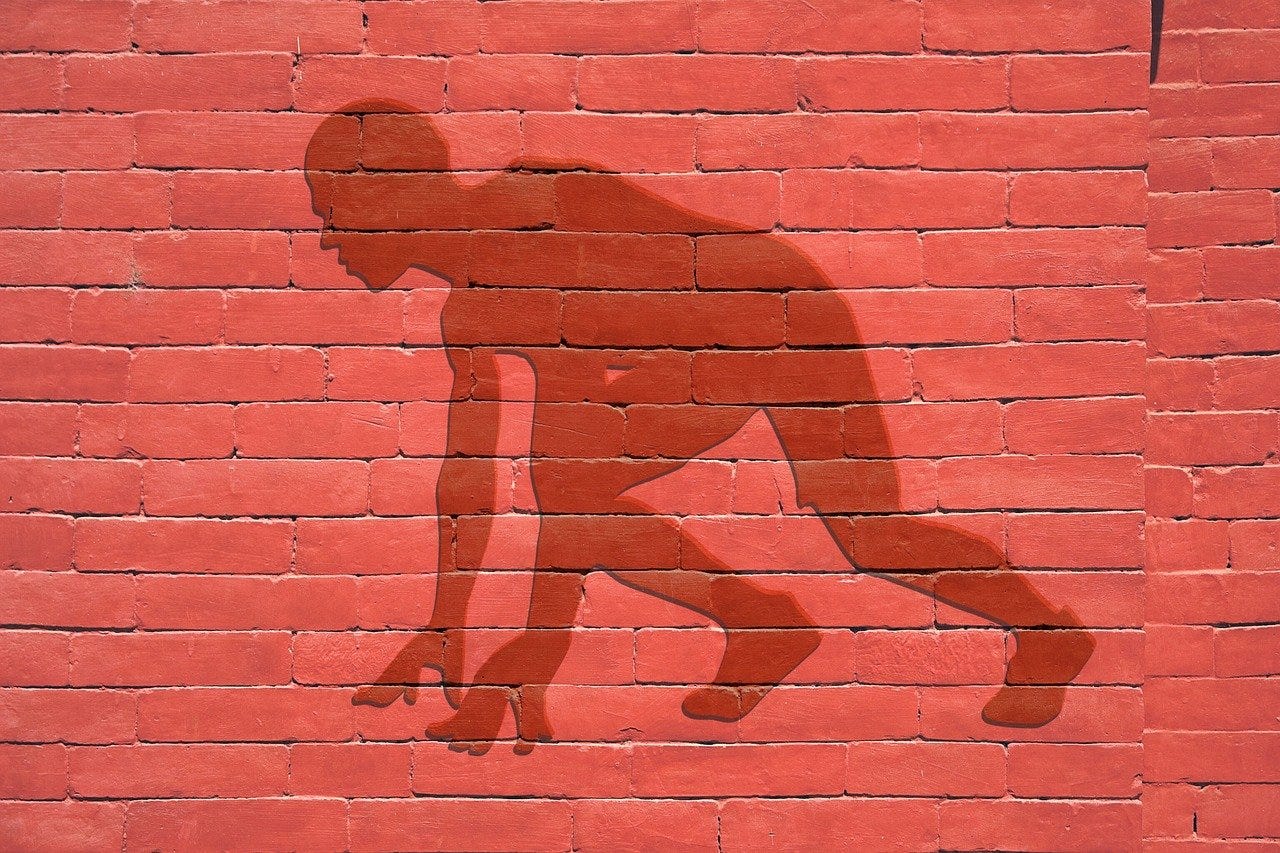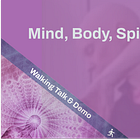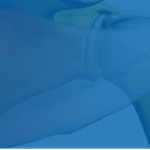If this post sheds new light on your training journey or simply intrigues and inspires you and you think others might also value it, feel free to share it.
Video Summary and More
Core Training Principle
In this video, I lay out the core training principle I rely on at this time. It is “start where you are”. This principle distilled itself out of my unique journey through life, from athlete training beyond where I was because I never built proper foundations to someone finding my way back from chronic illness.
One corollary to this principle that I talk about in the video is “just because you can do it doesn’t mean you should do it”. This corollary served as a mantra for me as I progressively scaled back my training to my true starting points. It was especially helpful as I worked to realign with the truth of my body rather than my ego’s need to prove and assert my athletic cred.
Another corollary that I don’t talk about in the video is “there’s always something you can do”. This one served as another mantra for me, keeping me engaged and interested in exploring precursor or pregressive* possibilities and helping me eventually come to embrace the process of finding what was truly best for my body at a given time.
Though I think the core training principle of start where you are and its two corollaries are universally applicable principles, what we each prioritize will be different based on our unique journeys through life. Thus, my question to you is: what are your core training principles? What has your journey through life and training brought to the fore for you as guiding principles and mantras for your training, life, and development?
*Why Pregression, Not Regression
I use the words pregressive and pregression instead of regressive and regression on purpose. In my mind, regression carries a negative connotation that says we have failed or that we are somehow having to make up for lost ground. I think it is better and more empowering to think of us as always being wherever we are. Realizing that we are always wherever we are, we can shift our attention away from driving ourselves to get somewhere else and instead focus on tuning in to where we truly are right now.
From where we actually are, we can zero in on what work is helpful for us to do there (or here) to keep building ourselves up. In this way, we are always in an affirming process of building foundations rather than in a self-flagellating process of making up for lost ground. Remember that when we are building foundations, we are setting ourselves up for success in the long term. When we are driving ourselves beyond where we are, we are setting ourselves up for failure in the long term.
My Current Upper Body Strength Focus
As I talked about in my previous video in which I share the ankle strength exercises I’m doing, my strength focus right now is on isometric strength. Isometric strength involves holding a position for a length of time without moving. Planks are a good example. In today’s video, I go over the upper body isometric strength work I’m doing at this time.
The exercises I demonstrate serve as pregressions for six traditional bodyweight strength exercises, including the:
Pushes*
handstand
planche
l-sit
pushup
Pulls*
front lever
pull up
In the video, I forgot to mention the final two, but the pregressions lay solid foundations for those two, also. So, just by doing basic pregression strength exercises, I’m laying down the foundations for six bodyweight strength exercises.
Why Bodyweight Strength Training
I am not just focusing on bodyweight strength training because it’s what I can do right now. Bodyweight strength training has a long and impressive history and I have a real soft spot for it. I am also really interested in and inspired by bodyweight movement-based training more generally. In these modalities, the focus is on learning and training your body to build up your ability to skillfully and powerfully move yourself through the world.
As I think about building fitness, especially as I continue to age, I want to be able to move competently and joyfully through all ranges of movement throughout my life. So, when I think about ancillary training for running, it makes sense to think about these bodyweight traditions and modalities. By focusing there, I feel like I will be building the best foundations for my goals.
The exercises I show in the video came out of me playing around, searching for pregressions for the bodyweight strength exercises I mentioned above that I can do that will allow me to build strong strength foundations for all of my goals, including a movement life that I can enjoy. Once these foundations are set, I think it would be a lot of fun to add in things like clubbells, sandbags, kettlebells, and even things like sleds, tires, barrels, and ropes.
When play is the focus, the sky is the limit :). I am excited to be laying down these foundations and to see where they lead :)!
Questions for You
My questions to you: What gets you excited to explore movement and build your foundations? What are you doing for strength work right now to support yourself in doing what you love? If you don’t know yet what you love about training, take time to think about it. Humans are designed to move, but that does not mean that the usual ways of thinking about training are motivating for you. Think about what would motivate you.
*Pushing and Pulling Exercises
One thing I mention in the video (and use above as labels) but don’t explain is the idea of pushing and pulling exercises. If you listen to people in the strength training world, they will often talk about dividing their workouts into pushing and pulling sessions. Whether talking about our upper or lower body, we can group strength exercises into those exercises where we are doing a pushing action and those where we are doing a pulling action. We want to incorporate both in our training to develop full body strength. Because I am at the beginning of my journey, it is not a problem to incorporate both pushing and pulling in one session.
Mentioned in the Video
Michael Stone Demonstrating Hand Position
In the video below, Michael Stone, who was a meditation and yoga teacher, demonstrates the hand position I talk about in my video. Using this hand position has really helped me understand how to create a stable platform for my shoulders. From this video alone, it is clear that Michael Stone was a gifted teacher. I highly recommend watching the video.
Shoulder Opener Revisited
As mentioned in the video, I discovered a better way to do Lawrence Lingren’s shoulder opener than what I had previously demonstrated. I originally demonstrated releasing the elbow when the elbow got down to the bottom of the movement so that you could scoop it through. I don’t think that’s right. When you do that, you end up not engaging your lats very much and that doesn’t make sense. In the coiling of the upper body in the running motion I’m exploring, engaging your lats is key.
So, what I now think is that you keep your elbow together as part of your arm unit throughout the entire motion. When you do that, the scooping action at the bottom of the movement comes from the scapula and engages the lats - which I believe is how the coiling action is supposed to work.
To see my demonstration of what I believe now is the correct way to do the exercise, see timestamp 00:27:15 of the first video bookmarked at the start of this section. To see Lawrence Lingren, the creator of the exercise, demonstrate it, see the embedded video in the second video bookmarked above. For my demonstration of the wrong way to do it, see the first video bookmarked above.
A Gentle Reminder: On the Nature of this Content
While I am certified as a personal trainer (certified in 2011), I have never worked in the field and, other than attending a weekend workshop learning about the foundations of the Z-Health system, I have not pursued formal continuing education due to illness. Therefore, what I share in my videos and other posts about my personal journey, choices, and insights is not meant to constitute professional advice or training guidance. I am sharing my experiences purely as an individual on a personal journey.
While I will do my best to explain what I’m doing, each person is unique, and what is right for you will depend on your specific situation, so please use your best judgment if you decide to try anything I share. As needed, consult with qualified professionals - such as doctors, physical therapists, certified personal trainers currently working in the field, running coaches, nutritionists, etc. - who can work with you directly to help you reach your goals given your specific circumstances.
Updates
September 21, 2024: Shortly after I published the article, I reread it and made some basic edits to the text in the main part of the article above. The edits were to improve clarity and flow.
September 22, 2023: I added some headings, one for my explanation for why I use the word pregression instead of regression and two to break up the list of target bodyweight exercises into pushes and pulls. I also made the Pushes and Pulls section an asterisk section, connecting it to the exercise labels. It still also serves as an explanation for my use those terms in the video.
September 26, 2024: I corrected a spelling mistake.
Cover Image Credit













